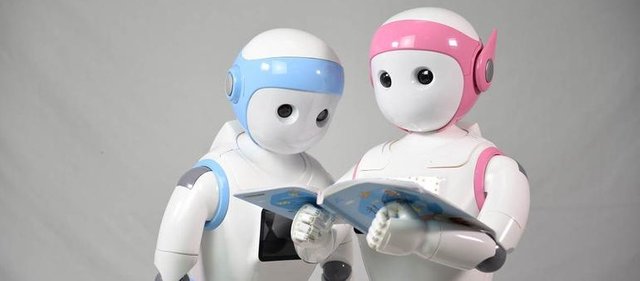
Educational robots are the result of modern technology in the field of education being developed, and their research is both prospective and epochal. Educational robots are classified as intelligent assistant robots, virtual simulation robots, multi-functional suite robots, and non-common educational robots based on their forms and fundamental functions. Flexibility, digitalization, repeatability, humanization, and natural interactivity are all qualities of educational robots. Educational robots are mostly used in the disciplines of STEM education, language learning, special education, and other related fields. However, there are gender issues, teacher issues, technological issues, and resource issues with the use of educational robots.
The market for educational robots has registered significant growth by a growing focus on enhancing science, technology, engineering, and mathematics (STEM) education. Educational robots assist instructors in improving teaching methods using high computational power while also allowing them to provide teachings to modern schooling. Furthermore, instructional robots are expected to aid in the adoption of computational thinking principles. Another element encouraging education robot adoption is the product's capacity to reduce educators' workload while making the process easier for both teachers and pupils.
During the forecast period, however, the high initial investment in educational robots is likely to represent a threat to the overall educational robot market revenue. Furthermore, high R&D costs, combined with high operational and maintenance costs, would pose a significant obstacle to the growth of the education robot market in the future years. Increased apprehension among educators to use the product for fear of losing their jobs will operate as a stumbling block to the industry's success.
Nonetheless, current advances in the business are expected to drive market dynamics in the near future. Sphero, for example, has released an indie learning robot for pre-kindergarten. The product is designed to teach early learners to the fundamentals of computational thinking, computer science principles, and STEM while fostering imaginative play-based learning with real-life scenarios, according to business officials.
Read More@ https://www.emergenresearch.com/industry-report/educational-robot-market